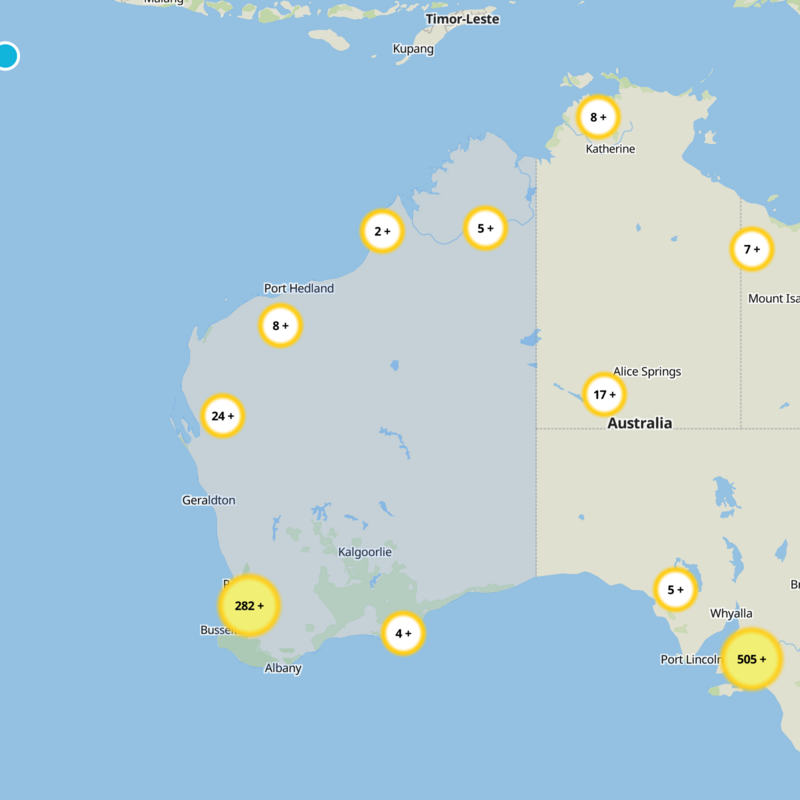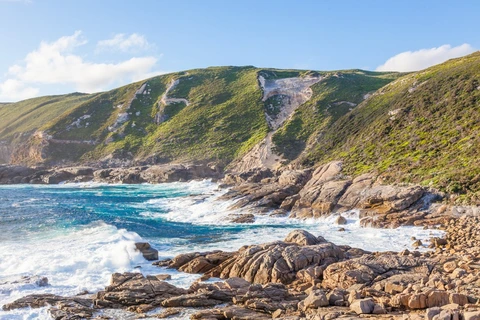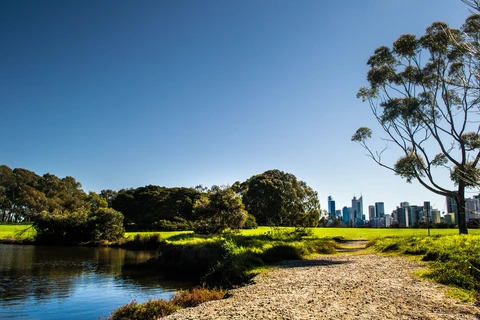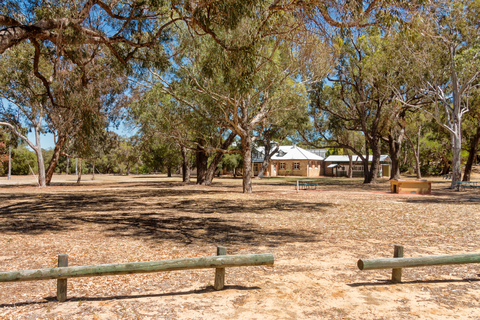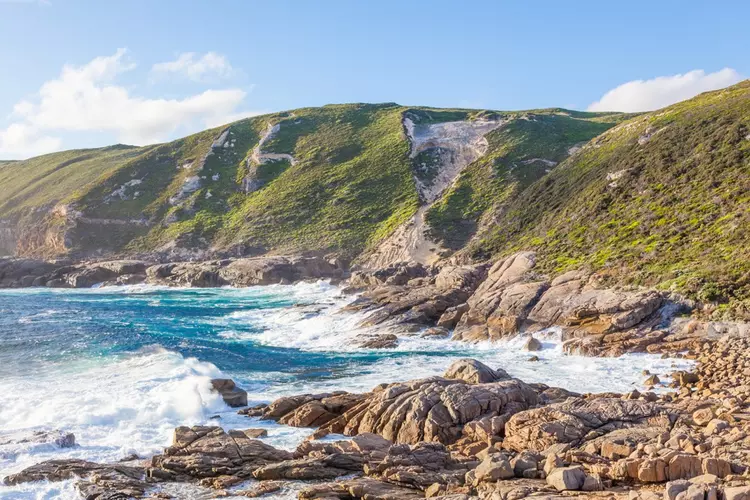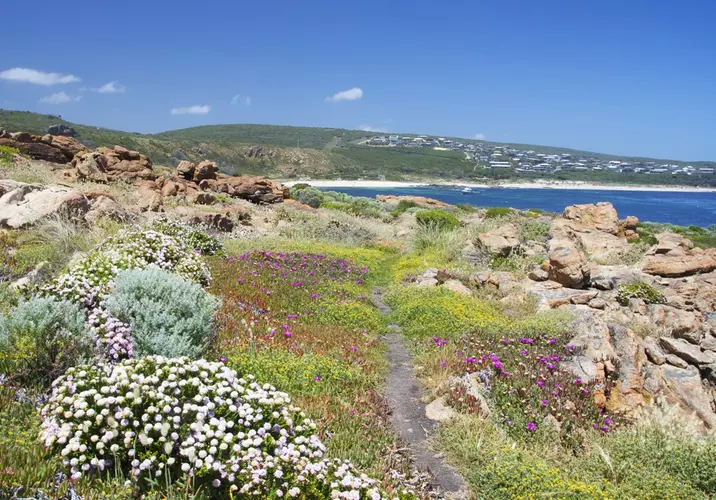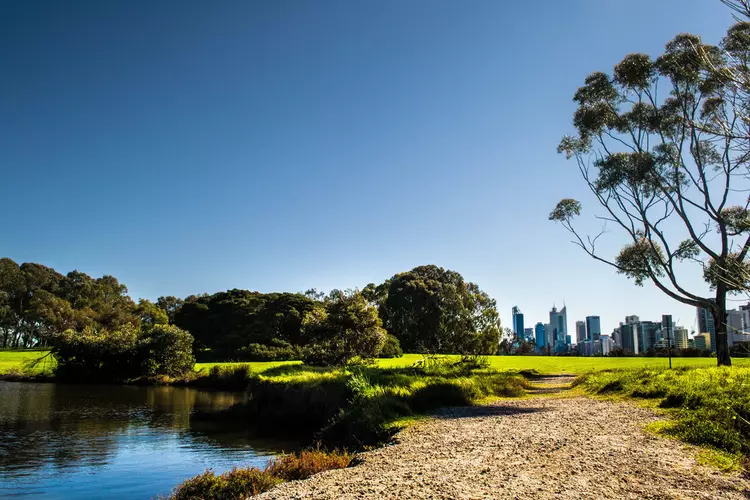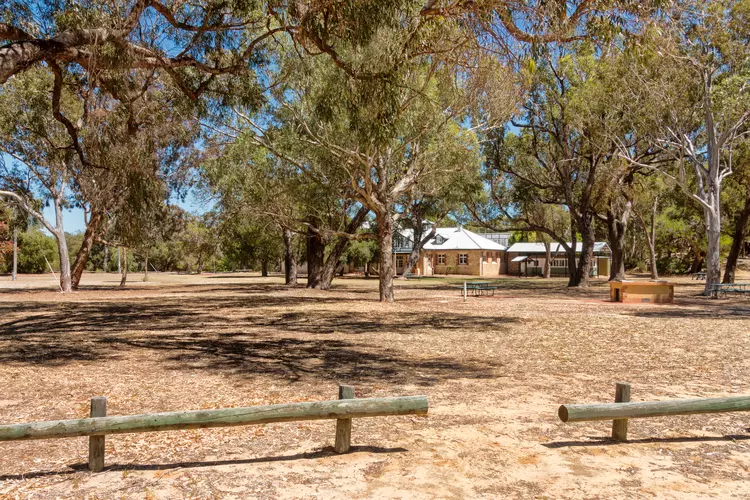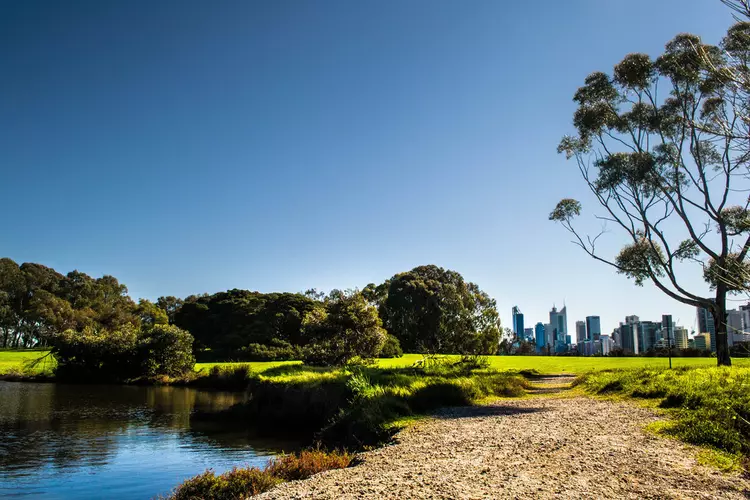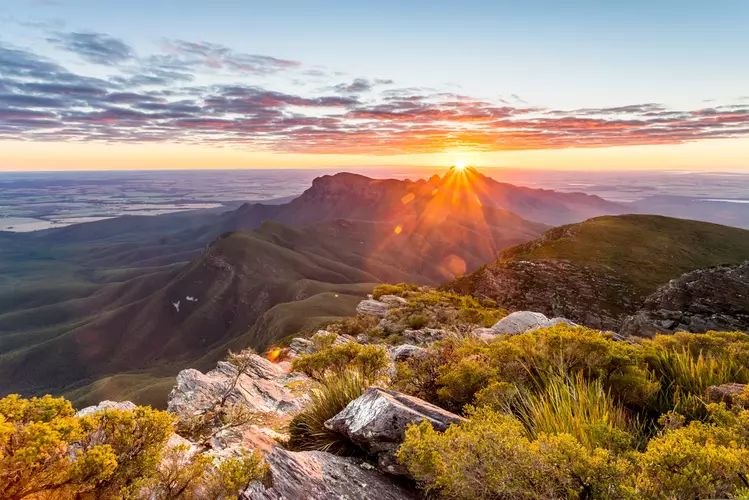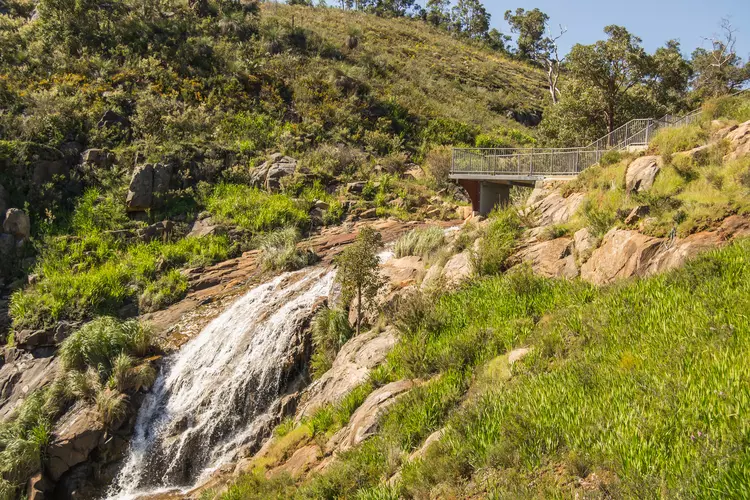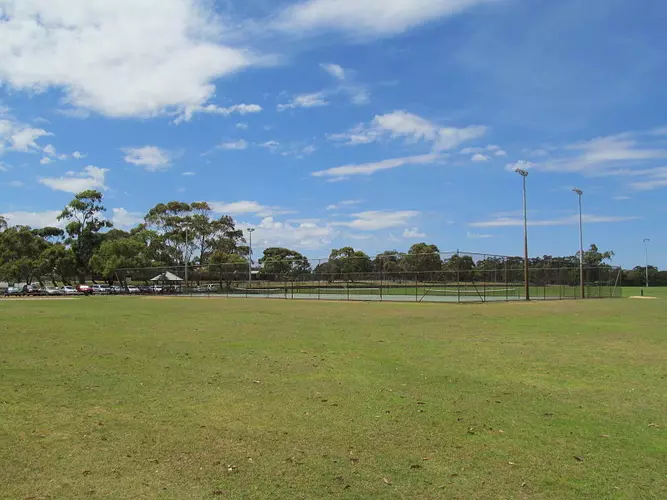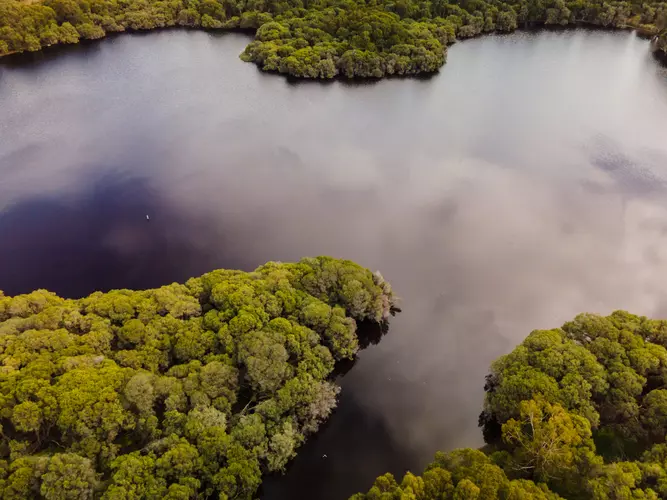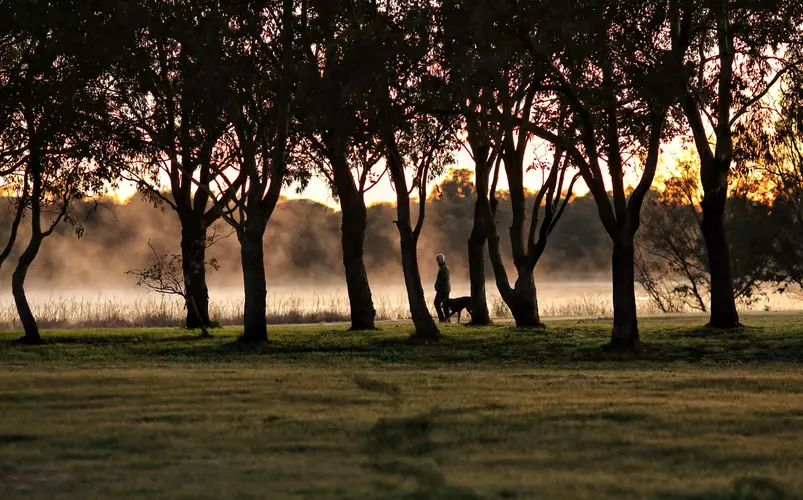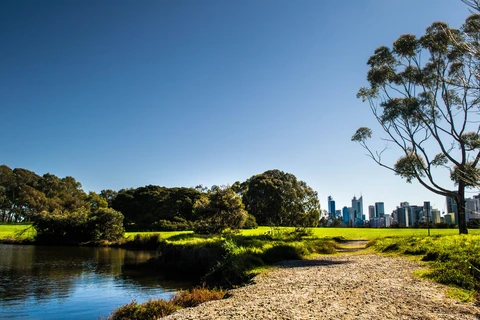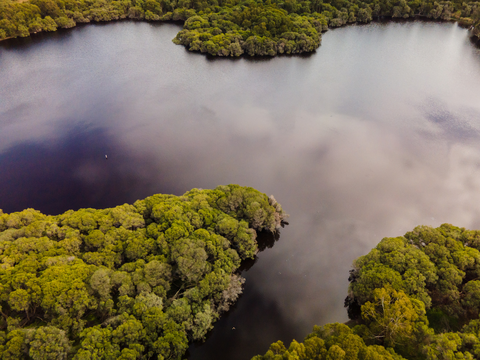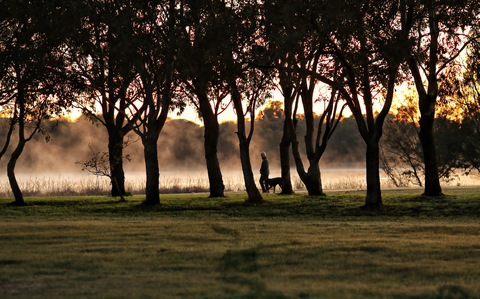"Explore Western Australia's stunning landscapes, from lush forests to surreal deserts and vibrant wildflowers."
Embark on an unforgettable adventure in Western Australia, where diverse landscapes await every hiker. Traverse the rugged beauty of the Bibbulmun Track, stretching over 1,000 kilometers through lush forests and serene coastlines. Discover the ancient wonders of Kalbarri National Park, with its dramatic gorges and vibrant wildflowers. Don't miss the Pinnacles Desert's surreal limestone formations. Each trail offers a unique glimpse into the region's rich biodiversity and stunning vistas.
Most popular hikes
FAQs about hiking in Western Australia






